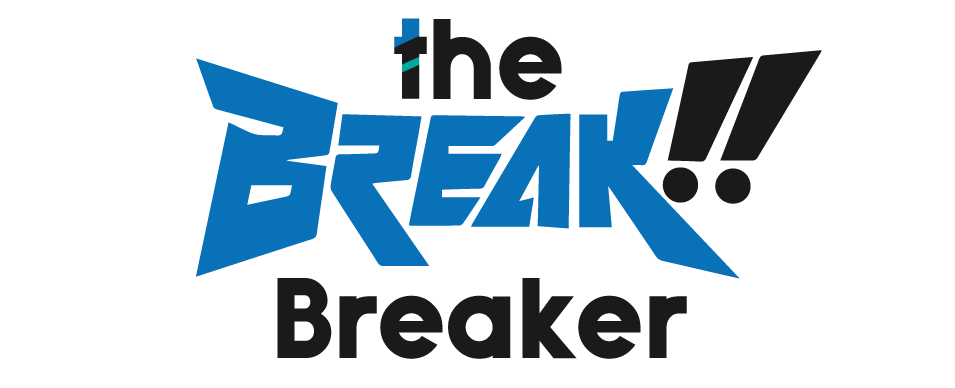
Tips for Reducing Your Bounce Rate
Bounce rates measure how many people leave your website after they’ve visited it. The bounce rate can be affected by how your website looks and how people use it. The length of time people stay on different pages also affects the bounce rate. Fortunately, there are some simple steps you can take to reduce your bounce rate:
Improve the Page Load Time
Page load time is a key factor in bounce rate. The faster your page loads, the more likely users will stay on your site.
To improve page load times.
- Optimize content and images on your pages. The bigger the file size of a web page, the longer it takes for that page to load up and display properly in a browser window or tab (or mobile app). Ensure all images have been optimized for speed so they take less time to download!
Provide Valuable Content
You should use your keyword in the title and meta description of each page, remember all other types of content. You can use it. For example, users who search for “buy shoes” might also be interested in shopping tips and tricks or fashion trends. So you want to cover all these bases by providing helpful information on those topics under the same umbrella term. So that it’s easier for people searching for one thing but getting something else instead.
Content to your Website Pages
If you have a lot of content, it’s important to provide value. If you are throwing up some random content on your site. Chances are that users will bounce back because there is nothing there for them. So, how do you ensure that each page contains something of value? First, think about what the user wants in terms of information and then provide it! Offer something unique or relevant to their needs and interests so they get everything out of it and keep in mind that we’re talking about reducing the bounce rate here.
Stay Consistent with your Branding
- Stay consistent with your branding.
- Use your brand colors, logo, and other design elements.
- Use consistent language and tone of voice across all pages on your website.
Consistency helps users navigate your site easily because they can easily see the direction they should be going in as soon as they enter it (i.e., from one page to another).
Use images, Videos, and interactive Media
Images are the best way to explain a concept engagingly. They help visitors understand what you’re talking about and how it works better than just text on a page does. Videos can also be used as a great way of explaining complex processes or concepts in an easy-to-follow way. If something in your document needs more explanation than text alone (like how to submit an invoice), adding visuals will give people something they can see instead of having to read through something they don’t understand completely. For example, numbers might be easier to understand when you add visuals next to them.
Interactive media like quizzes are also helpful when trying to engage visitors because they allow them to learn more about your product/service, show off their knowledge, and prove themselves worthy enough if they score high! In addition, this kind of engagement makes everyone happy because these activities encourage interaction between users, which ultimately leads to building relationships based on trustworthiness rather than simply gaining information about each other.”
Optimize Your Landing Pages
Landing pages are the most important part of your website. They’re where you’ll find out if someone clicked on a link, how long they stayed on the page, and what they did when they arrived. Landing pages should be relevant to each keyword you’re targeting, so you must research before creating one. You can use our free tool to find out more about keywords on Google AdWords, Bing (or any other search engine). Ensure that your landing page has compelling offers and content that keeps users engaged while waiting for the conversion process to complete this will increase their chances of conversion. A good way of doing this is by using images and videos or interactive media such as polls/surveys/etc., which will keep them entertained while also building trust with potential customers who might not have been interested.
Bounce rate is a metric that can be used to measure how long it takes for a user to leave your site. It’s also an important indicator of how well you’re performing as a business and whether or not you need to make changes to improve results.
If you want to reduce bounce rates, here are some things you can do.
Conclusion
Bounce rate is one of the most important metrics to track in your website optimization efforts. It provides insight into how well your business gets leads and converts them into customers. However, because it’s such a sensitive topic for many marketers, it can be not easy to know exactly what’s causing your bounce rate to go up or down. In this article, we’ve explored several possible reasons behind bounces from Google Analytics and other third parties like SEMRush by showing you what type of content works best on mobile devices both before and after implementing some changes.




